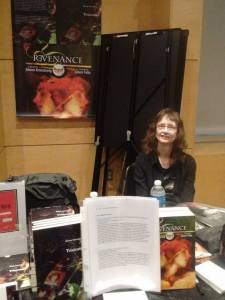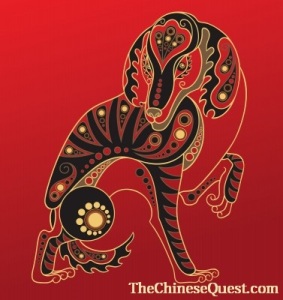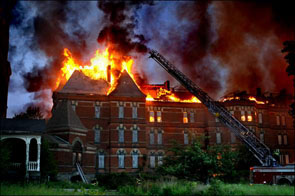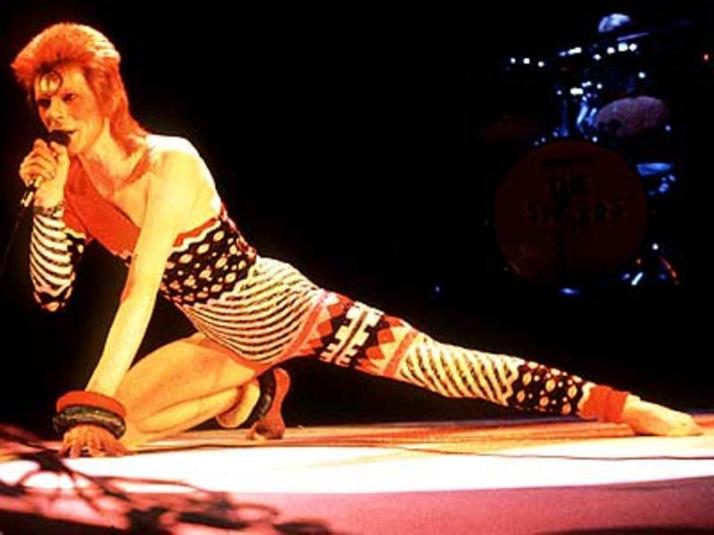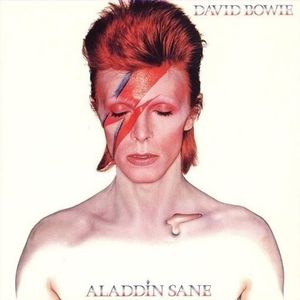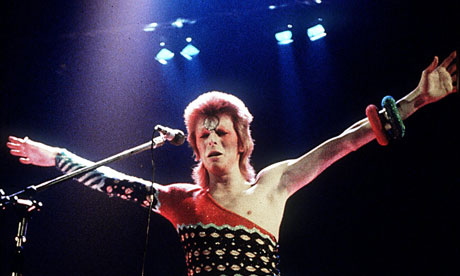 Over the past couple of months, I’ve developed a fiendish new addiction: online jigsaw puzzles. I’ve got a lot to say about it, but for now, I’m publishing this poem I wrote a couple of weeks ago. It went over well with my women writers’ group and at Poets Speak Loud at McGeary’s in Albany. I hope you enjoy it too. Please leave comments so I know you’re out there! And please subscribe so you don’t miss my next post.
Over the past couple of months, I’ve developed a fiendish new addiction: online jigsaw puzzles. I’ve got a lot to say about it, but for now, I’m publishing this poem I wrote a couple of weeks ago. It went over well with my women writers’ group and at Poets Speak Loud at McGeary’s in Albany. I hope you enjoy it too. Please leave comments so I know you’re out there! And please subscribe so you don’t miss my next post.
Online Jigsaws
I
Instant jigsaw puzzles in the thousands
Only a mouse click away,
My latest online addiction.
I stumbled onto Jigsaw Planet unawares
At the tail end of a soap opera website
Detailing the latest travails
On General Hospital.
There it was, a photo of my favorite actor,

Michael Easton as Hannibal Finn
The erstwhile vampire Michael Easton,
With his newest leading lady.
One click, and those gorgeous faces
Shattered into loopy fragments.
A few more mouse clicks,
And the lovers were reunited, whole again.
Little did I dream that single puzzle
Would tumble me into an abyss of endless jigsaws,
A time-warped universe destined to suck me in
And drain me of the precious hours
I’d promised to woo my elusive muse.
On Jigsaw Planet, I set up my own account,
Christened myself Jazzy Julie,
Created puzzles cribbed from photos of my life.
Posted them to the site. No one came at first,
But now I’ve got followers.
I follow others in return, anonymous online friends
Who while away the hours shattering wholeness into shards,
Then painfully piecing pictures back together.
Speed is of the essence. Once the timer starts,
The seconds and minutes flash onscreen
Below the puzzle, but peeking wastes precious time.
Instead I focus on the pieces,
Drag them into place.
If it’s a fit, they snap together with a delightful click.
The sound’s a giveaway,
So I keep it low and stealthy,
In hopes my spouse won’t hear.
When the final piece finds its perfect union,
There’s a climactic chime.
Only then do I check my time,
See how high I’ve scored.
With every game, every day I play,
I’m getting steadily better.
Despite the tremors in my aging fingers,
Even when thousands have played the game,
I’m in the top five percent, sometimes even first.
My adrenaline crests, creating a heady cocktail,
Merging with dopamine and serotonin
Flooding my body with bliss.
Awash in satisfaction, I contemplate my achievement
But the pleasure ebbs away too soon.
Just one more puzzle, I tell myself. My muse can wait.
Mired in shame and guilt, I peruse my choices. What will it be?
The Grand Canal in Venice? An array of wines and cheeses?
A litter of golden retriever puppies?
Thousands of options, with new ones every day,
Free of charge, but stealing minutes and hours
From my few remaining years.
II
I’ve always been good at jigsaws, but they bored me
Till Springbok Puzzles came upon the scene in 1963.
Their artsy designs and odd-ball contours captured my fancy.
First came a Jackson Pollock painting.
Untangling its spider webs of hurled and dribbled paint,
I wowed my fiancé and his mother at weekly Sunday dinners
On the upper East Side, refusing to cheat by peeking
At the cover photo. That marriage didn’t survive the Sixties,
And that husband’s now deceased.
A few years later, alone in my Broome Street loft,
I worked my Springbok puzzles
To wind down after days of painting, on nights
When there were no parties to crash. Too hip for TV,
I listened to FM rock. In 1968, I was tripping out
On a psychedelic puzzle designed by Peter Max
When the announcer cut in to announce
That Bobby Kennedy had been assassinated.
Fast forward eighteen years, to 1986.
Married once more, a mother,
I’d traded the SoHo loft for a house on sixteen acres,
With a creek that flooded every spring.
Home alone in January, wasted by the flu,
Using a sick day I’d earned at the psychiatric center,
I was working a Springbok at the dining table,
One of the circular puzzles, though I don’t recall which one.
Perhaps the kittens, the pizza with all the toppings,
The antique map of the constellations—
I solved my favorites many times.
The TV was tuned to a shuttle launch.
In my shocking pink chenille bathrobe,
A gift from a discarded lover of years before,
I watched the Challenger explode on live TV,
The forking trajectory of the white smoke plumes
Arcing across the cobalt sky.
I abandoned jigsaws after that,
Sold my Springboks at a yard sale when we downsized.
Today I Googled the company.
Their jazzy website says they’re going strong,
Proudly made in America from 100% recycled materials.
But Hallmark bought them out years ago,
And now they’re heavy on nostalgia—
No more Peter Max or Jackson Pollock.
I could order them online, but I’m not tempted.
Why bother, when I can surf the web
And capture an infinity of puzzling images for free?
Besides, my cat can’t bat the pieces off the screen.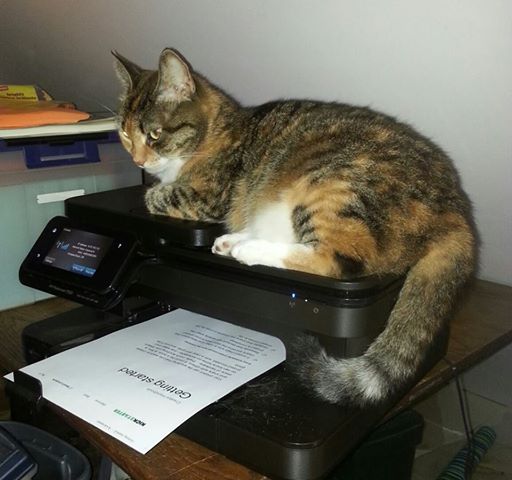




 Over the past couple of months, I’ve developed a fiendish new addiction: online jigsaw puzzles. I’ve got a lot to say about it, but for now, I’m publishing this poem I wrote a couple of weeks ago. It went over well with my women writers’ group and at Poets Speak Loud at McGeary’s in Albany. I hope you enjoy it too. Please leave comments so I know you’re out there! And please subscribe so you don’t miss my next post.
Over the past couple of months, I’ve developed a fiendish new addiction: online jigsaw puzzles. I’ve got a lot to say about it, but for now, I’m publishing this poem I wrote a couple of weeks ago. It went over well with my women writers’ group and at Poets Speak Loud at McGeary’s in Albany. I hope you enjoy it too. Please leave comments so I know you’re out there! And please subscribe so you don’t miss my next post.

 Today is World Bipolar Day, an initiative created by many international organizations and celebrated each year on March 30th, the birthday of Vincent Van Gogh.* To commemorate the day, I’m reprinting the Afterword from the 2015 reissue of my mystery novel Mood Swing: The Bipolar Murders. The novel was inspired by my outrageously discriminatory experience at a psychiatric social club in upstate New York where I worked around the turn of the millennium. All the characters in Mood Swing are entirely fictional, and I relocated the club from Troy to the Lower East Side of Manhattan. Today, for the first time, I’m identifying the organization where I was fired for telling a client I was bipolar, but you’ll have to read through till the end of this post for the revelation.
Today is World Bipolar Day, an initiative created by many international organizations and celebrated each year on March 30th, the birthday of Vincent Van Gogh.* To commemorate the day, I’m reprinting the Afterword from the 2015 reissue of my mystery novel Mood Swing: The Bipolar Murders. The novel was inspired by my outrageously discriminatory experience at a psychiatric social club in upstate New York where I worked around the turn of the millennium. All the characters in Mood Swing are entirely fictional, and I relocated the club from Troy to the Lower East Side of Manhattan. Today, for the first time, I’m identifying the organization where I was fired for telling a client I was bipolar, but you’ll have to read through till the end of this post for the revelation. Sadly, what I wrote above is all too true today, almost a decade later. The stigma about mental illness persists. What’s changed is my willingness to talk about it. As I noted above, this novel was inspired in part by my experiences working at a psychiatric social club in upstate New York. Like Erika, I disclosed my bipolar diagnosis – not on the evening news, but to a club member who shared the diagnosis, whom I thought might be helped by my willingness to share. She passed this juicy tidbit along to someone I supervised, who in turn passed it on to my boss at the agency.
Sadly, what I wrote above is all too true today, almost a decade later. The stigma about mental illness persists. What’s changed is my willingness to talk about it. As I noted above, this novel was inspired in part by my experiences working at a psychiatric social club in upstate New York. Like Erika, I disclosed my bipolar diagnosis – not on the evening news, but to a club member who shared the diagnosis, whom I thought might be helped by my willingness to share. She passed this juicy tidbit along to someone I supervised, who in turn passed it on to my boss at the agency. things could get nasty. So I nursed my wounds in secret, until the passage of time gave me the strength to turn my experiences into fiction. When I first published Mood Swing, I was still in the closet regarding my bipolar diagnosis, but gradually, at readings and signings, I began disclosing my story. Almost invariably, people would come up to me afterwards, saying “I’ve never told anyone this before,” then tell me that they or a close friend or relative were also diagnosed bipolar. Many bought the book in hopes of learning more about the illness, or helping a loved one understand. So now at last, I’m out and I’m proud, and I hope this book will help give others the confidence to go public too.
things could get nasty. So I nursed my wounds in secret, until the passage of time gave me the strength to turn my experiences into fiction. When I first published Mood Swing, I was still in the closet regarding my bipolar diagnosis, but gradually, at readings and signings, I began disclosing my story. Almost invariably, people would come up to me afterwards, saying “I’ve never told anyone this before,” then tell me that they or a close friend or relative were also diagnosed bipolar. Many bought the book in hopes of learning more about the illness, or helping a loved one understand. So now at last, I’m out and I’m proud, and I hope this book will help give others the confidence to go public too.
